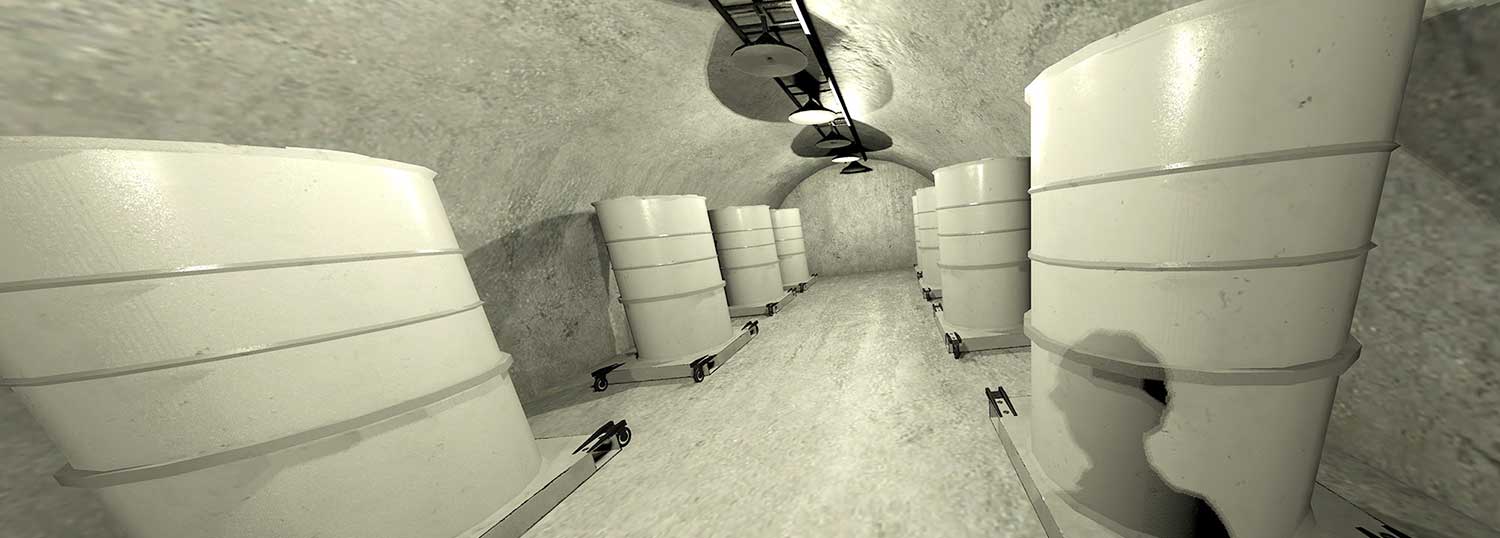
Verification Goes Virtual
On a recent Tuesday, visitors to the United Nations Office at Geneva were greeted by a strange sight—a seasoned diplomat in a business suit, shuffling across the building’s vast marble lobby, face engulfed in a giant virtual reality headset. A cluster of diplomats hovered nearby, watching their colleague swipe the air with VR touch controllers and awaiting their turn. These weren’t just any diplomats. They were an international team of experts tasked by the UN with examining the role of verification in advancing nuclear disarmament. And they weren’t playing “Minecraft” or “Star Trek: Bridge Crew.” Rather, they were busy verifying that the warheads they were seeing through the VR headset were authentic nuclear weapons.
“Most of the diplomats had never experienced VR,” explains Tamara Patton, a PhD student in science, technology, and environmental policy at Princeton University’s Woodrow Wilson School of Public and International Affairs and a lead member of the Princeton Nuclear Futures Lab team that created the VR simulation. Neither had the handful of UN officers who poked their heads out of doorways and came to try it, too. Some of the officers and diplomats described the experience as “amazing.” Others suddenly saw for themselves the promise of VR as a space where the international community might make progress in ways it hasn’t been able to before.
THE DIPLOMATS WEREN’T PLAYING ‘MINECRAFT’ OR ‘STAR TREK: BRIDGE CREW.’ RATHER, THEY WERE BUSY VERIFYING THAT THE WEAPONS THEY WERE SEEING THROUGH THE VR HEADSET WERE AUTHENTIC NUCLEAR WEAPONS.
Disarmament verification—the process of establishing and ensuring that all weapons-grade nuclear materials are accounted for when a country dismantles its nuclear weapons—is tricky business. There is almost nothing more secret and sensitive than the details of a nuclear weapons program, which makes it highly complex to establish verification procedures that both the host country and inspectors can trust. It’s no surprise, then, that there are currently no agreed-upon processes for verifying the dismantlement of a single nuclear weapon, let alone a whole nuclear program. But for a world without nuclear weapons to be possible—and future treaties aimed at disarmament to be viable—we need them.



